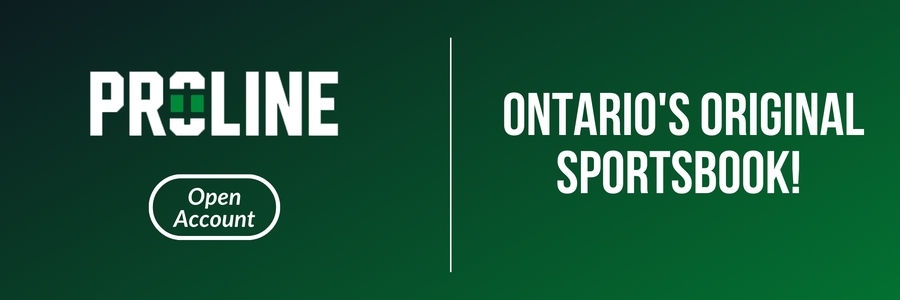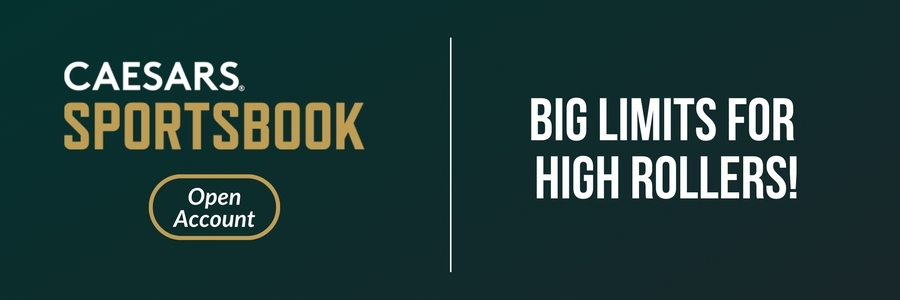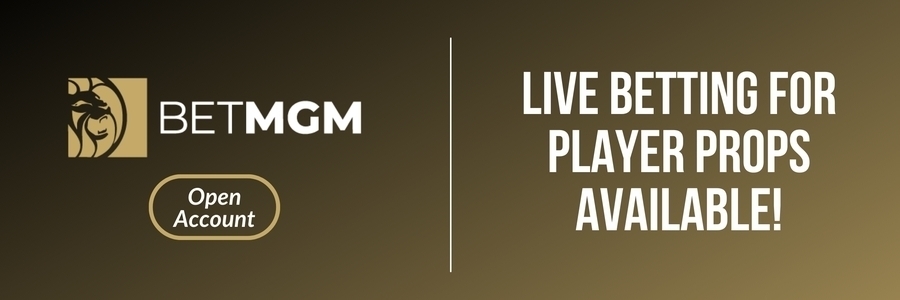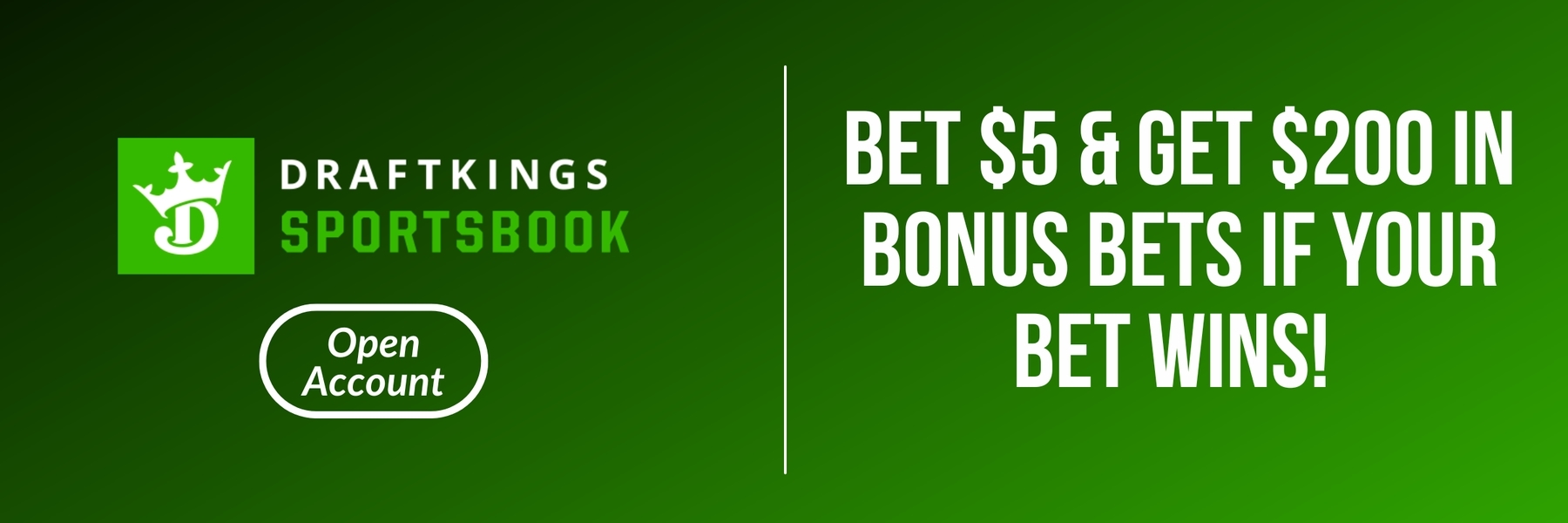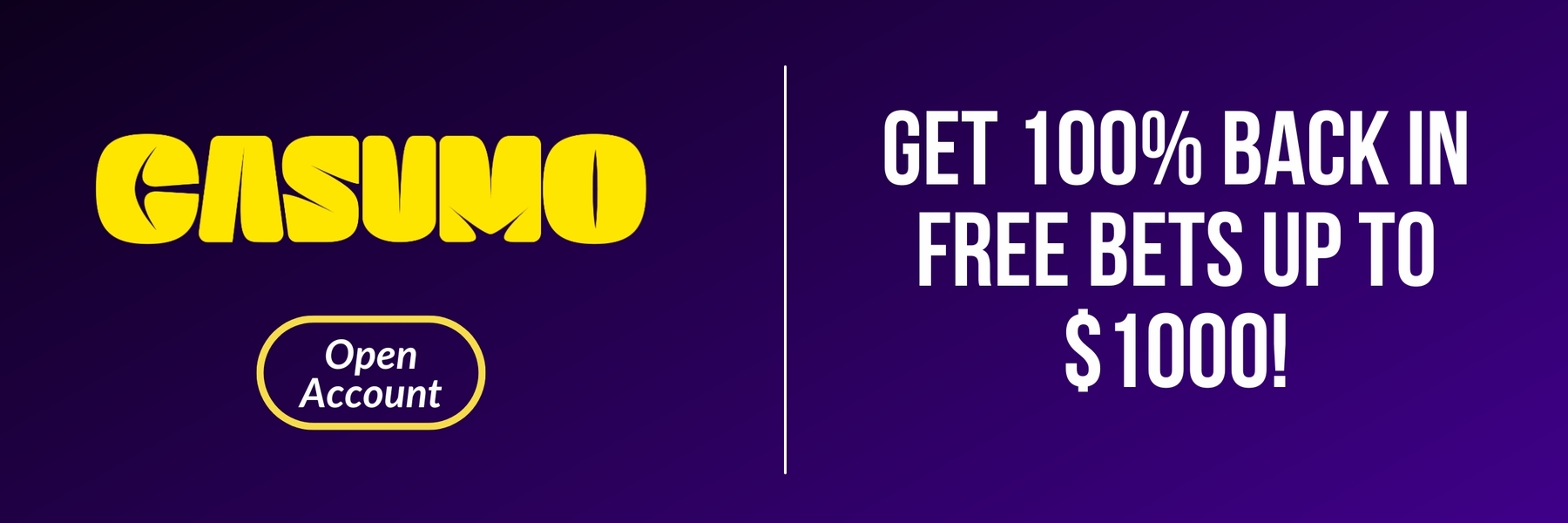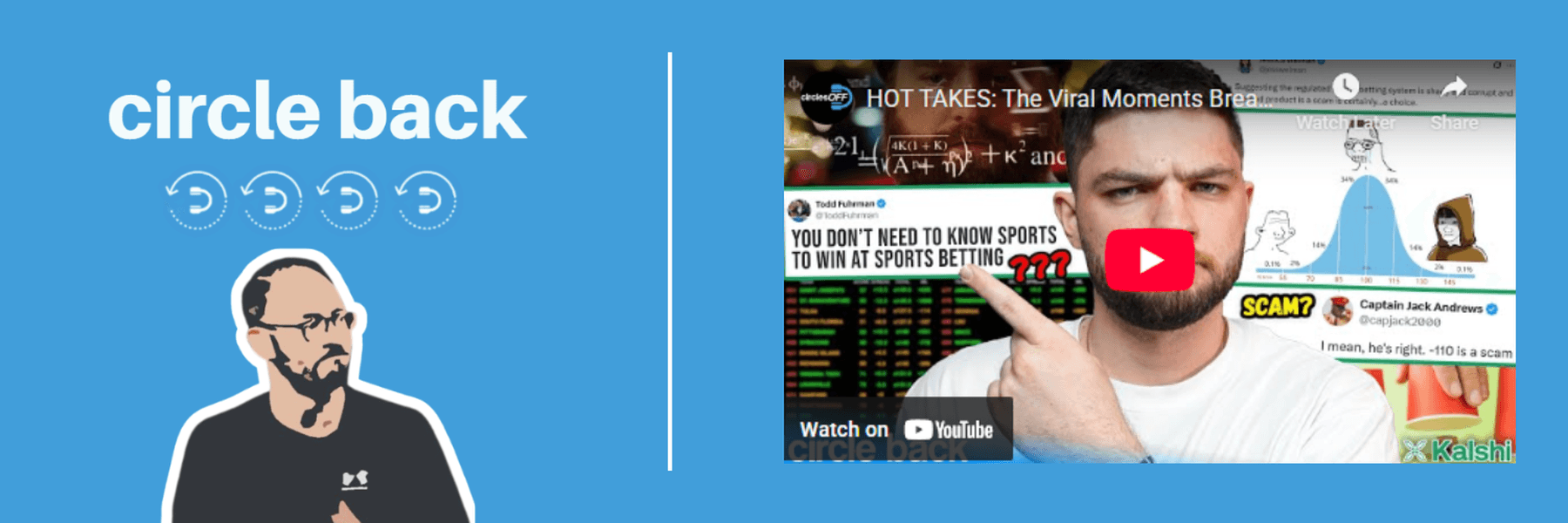Not all ballparks are built the same. Some are launching pads where fly balls turn into fireworks. Others are graveyards for offense, where hits go to wither and die. Over the past five seasons, a few stadiums have consistently tilted the playing field—either boosting bats or locking them in a cold, dark cell.
We crunched the numbers using Park Factors, Statcast data (like home run rates, xSLG, and exit velocity), and threw in a healthy dose of atmosphere, architecture, and attitude. Here’s a breakdown of the most hitter-happy parks and pitching-friendly fortresses in MLB—and how you can use that intel to get a leg up in the betting game.
What Are Park Factors, Anyway?
Think of Park Factor as a stadium’s offensive reputation, backed by stats. A Park Factor of 1.20 means it produces 20% more runs than an average stadium. A 0.90? That’s 10% fewer runs—a tough day at the plate.
We used data from ESPN and Statcast to track how each park influences scoring—looking not just at raw runs but homers, slugging potential (xSLG), and how far the ball really flies when hit hard. Some stadiums just let the ball soar. Others swallow it whole.
Let’s get to the fun stuff: where hitters feast—and where they fast.
Which Ballparks Are the Real Home Run Havens?
If you’re chasing homers, a few MLB parks basically put a jetpack on the baseball—and the data from Baseball Savant backs it up.
Right at the top is Great American Ball Park in Cincinnati. This place is a gift to sluggers, regularly leading the league with towering home run rates. Not far behind, Petco Park in San Diego—who remembers when this was pitcher-friendly?—and the ever-notorious Yankee Stadium round out the top three. Dodger Stadium and Houston’s Minute Maid Park are also launching pads, with just enough quirks and dimensions to keep outfielders on their heels.
Here’s the shortlist of the most homer-happy ballparks lately:
- Great American Ball Park (CIN): The king of dingers.
- Petco Park (SDP): Sneaky power paradise.
- Yankee Stadium (NYY): Short porch, short fuses for pitchers.
- Dodger Stadium (LAD): Ball tends to carry in the SoCal air.
- Minute Maid Park (HOU): Those Crawford Boxes aren’t just for show.
If your sportsbook props are begging for an over, keep an eye on matchups happening in these stadiums. The numbers say the ball’s got a better chance to leave the yard.
Now, let’s dig into some stadiums that take things a step further—turning offense into an all-you-can-eat buffet.
Five Ballparks That Love Offense
1. Coors Field (Colorado Rockies)
Altitude > Gravity.
No shock here: Coors is chaos. At 5,200 feet above sea level, Denver’s thin air turns routine fly balls into moonshots. Curveballs don’t break like they should. The outfield is a canyon to offset the carry, but that just creates more doubles and triples.
Coors had a Park Factor as high as 1.33 in recent years—that’s absurd. Even after installing a humidor to tame the balls, it’s still the Wild West for pitchers. Rockies home games? They’re a run-scoring bonanza.
2. Fenway Park (Boston Red Sox)
Where doubles go to thrive—and fly balls kiss the Monster.
Fenway is a hitter’s dream wrapped in nostalgia. The Green Monster turns would-be flyouts into booming singles and doubles, especially for righties. Lefties get some love too, thanks to Pesky’s Pole. It’s not a home run haven overall, but Fenway’s doubles factor leads MLB, and its unique layout means chaos is always a swing away.
3. Great American Ball Park (Cincinnati Reds)
Small park. Big bombs.
This place is a bandbox with fireworks. Great American consistently ranks among the best parks for home runs—with a recent HR factor hitting 1.38. Fences are shallow, summer air is sticky, and pitchers? Well, they’re just trying to survive.
4. Citizens Bank Park (Philadelphia Phillies)
Brotherly love? Not for pitchers.
With short dimensions and no massive walls to stop missiles, Citizens Bank has been quietly one of the league’s most homer-happy parks, especially for left-handed mashers. In 2024, it was the #3 hitter’s park overall—thanks largely to dingers.
5. Kauffman Stadium (Kansas City Royals)
No bombs? No problem.
It’s not a home run haven, but Kauffman is a paradise for gappers. Its massive outfield creates extra-base hits galore—triples, doubles, bloopers that land in no-man’s land. Over the past five years, it’s posted a run factor near 1.09, making it sneaky-dangerous for pitchers even without the long ball.
Honorable mentions:
- Yankee Stadium: The right-field porch giveth.
- Globe Life Field: Quietly becoming hitter-friendly.
- Wrigley Field: Totally weather-dependent—check the wind.
- Camden Yards: Used to be a hitter’s haven... until they moved the wall.
Five Ballparks Where Bats Go Cold
1. Petco Park (San Diego Padres)
Welcome to the marine layer.
Even palm trees can’t save hitters in San Diego. The cool, dense air knocks down fly balls, and the park’s size doesn’t help. With a run factor around 0.87, Petco is a certified run suppressor—especially at night.
2. Citi Field (New York Mets)
Pitcher’s paradise in Queens.
Citi has settled in as a tough park for hitters, with a run factor around 0.88–0.90. It’s big, breezy, and doesn’t offer many cheap homers. When the Mets are at home, scoring often stays low.
3. T-Mobile Park (Seattle Mariners)
Marine air strikes again.
Seattle might be MLB’s ultimate pitcher’s park. Run factors here have dipped as low as 0.84 over the past few years. Fly balls die in the heavy air, and night games? Even tougher.
4. Tropicana Field (Tampa Bay Rays)
No weather, no offense.
Tropicana is indoors, so it dodges wild weather—but that means no wind to help the ball carry either. With roomy foul territory and meh dimensions, Trop plays small—run factors around 0.91.
5. Oracle Park (San Francisco Giants)
Say goodbye to home runs.
Cold air. Deep fences. And that windy right field that eats baseballs alive. Oracle isn’t as low on overall run factor as others (around 0.93), but it’s brutal for power hitters.
Where Home Runs Go To Die: MLB’s Lowest Home Run Parks
So, where do fly balls meet their doom? According to Baseball Savant’s 2024 home run factors, some ballparks are notorious for keeping the long ball in check.
Oracle Park (San Francisco Giants): The outfield graveyard.
With deep fences and infamous “Triples Alley,” Oracle Park is the stiffest challenge for home run seekers—posting a league-low home run factor of 72 (that’s 28% below average). The swirling San Francisco Bay winds, chilly air, and that brutally spacious right-center turn would-be dingers into warning-track outs or, if you’re lucky, triples. If you’re a slugger visiting the Giants, don’t expect your power numbers to come alive here.
But Oracle isn’t alone in its stinginess:
- T-Mobile Park (Seattle Mariners): The marine air strikes again. Seattle consistently ranks among the toughest parks for home runs, with spacious dimensions and heavy, cool air that takes the punch out of fly balls.
- Citi Field (New York Mets): Big, breezy, and built to suppress bombs, Citi Field makes you earn every dinger. Lefty or righty, you won’t get many gifts here.
- Tropicana Field (Tampa Bay Rays): Indoors means no wind, and Trop’s dimensions plus generous foul ground penalize all but the truest home run swings.
So if you’re banking on home run fireworks, these are the parks where power bats go to hibernate.
Other parks to watch:
- Busch Stadium (Cardinals) and Comerica Park (Tigers) lean pitcher-friendly.
- loanDepot Park (Marlins) has become more neutral after fence changes.
Betting Implications by Stadium Type
Knowing which stadiums are hitter-friendly or pitcher-friendly can provide an edge in sports betting, especially for MLB totals and prop bets.
Historical OVER Betting Trends by Ballpark
If you’re looking to uncover which parks have historically favored the OVER, there’s no shortage of interesting data—and a few surprises. Some stadiums have padded bankrolls, while others have been graveyards for OVER bettors.
Top OVER-Friendly Parks (Short Term Sample)
Recent seasons have seen strong OVER results at classic venues like:
- Wrigley Field: On a hot streak with bettors cashing more OVERS than not, thanks in part to the notorious Chicago wind.
- Oriole Park at Camden Yards: A place where offense (and bettors backing the OVER) has flourished.
- Sutter Health Park: Lesser known, but that hasn’t stopped higher-scoring games from tipping the scales in favor of the OVER.
- Dodger Stadium: Traditionally pitcher-friendly, but recent over/under records have favored slugfests.
If you followed the trends at these parks, not only did you see solid win-loss records for OVERS, but the theoretical profit line climbed several hundred dollars from a standard $100 wagering strategy. Wrigley Field, for example, rewarded OVER backers with a five-figure profit across select spans.
Long-Term OVER Results and Landmines
Zooming out paints a different picture. Over larger samples:
- loanDepot park has been one of the rare parks to deliver steady long-term profits for OVER bettors, with hundreds of cashes outpacing misses—racking up profit in the four-digit range.
- PNC Park and Dodger Stadium maintained mild positive returns, while most others slipped below break-even.
- On the flip side, classic hitter havens like Fenway Park or Coors Field haven’t delivered for OVER bettors in the long run. Despite their reputations, both parks demonstrated sizable losses over hundreds of bets.
- Great American Ball Park (despite its home-run pedigree) actually produced persistent losses for those chasing the OVER, reminding us why betting needs both stats and context.
Bottom Line:
While a handful of parks like Wrigley and loanDepot park stood out as temporary gold mines, the majority of MLB stadiums have seen the house keep a steady edge against OVER bettors over larger sample sizes. The ever-changing variables—weather, team trends, roster turnover—matter just as much as dimensions and altitude.
This is why understanding a park’s betting history can tip you off to hidden value (or dissuade you from chasing ghosts). But of course, historical trends are only one ingredient in the recipe...
Betting Strategies for Hitter-Friendly Parks
In hitter’s parks, runs come easier – so sportsbooks set higher over/under totals. Even so, there can be value in certain situations. Player props like home runs and total bases overs are solid in places like Yankee Stadium or Citizens Bank Park.
Live betting overs can also be viable in these environments, especially when the early innings are quiet but the park still favors late scoring.
Betting Strategies for Pitcher-Friendly Parks
These parks generally favor unders in totals, pitcher strikeout prop overs, and unders on hitter props like total bases or home runs. Parks like Seattle, San Diego, and Tampa often keep scoring low, especially in night games or cool weather.
Roof status can be an X-factor – closed roof often helps unders in parks like Texas or Miami. Weather, wind, and day/night splits also play a key role.
Every Ballpark Tells a Story
Altitude, air density, and the stadium design—all of it adds up. Over the past five seasons, savvy bettors have cashed in by understanding how stadiums shape outcomes. And in a league full of variables, park factors remain one of the most reliable edges out there.
So next time you're placing a bet, don’t just check the pitcher or the lineup. Ask yourself: Where’s the game being played? Because that might matter more than you think.
Scale Your Winnings With Betstamp PRO
Betstamp Pro saves you time and resources by identifying edges across 100+ sportsbooks in real-time. Leverage the most efficient true line in the industry and discover why Betstamp Pro is essential for top-down bettors.
Limited number of spots available! Apply for your free 1-on-1 product demo by clicking the banner below.







